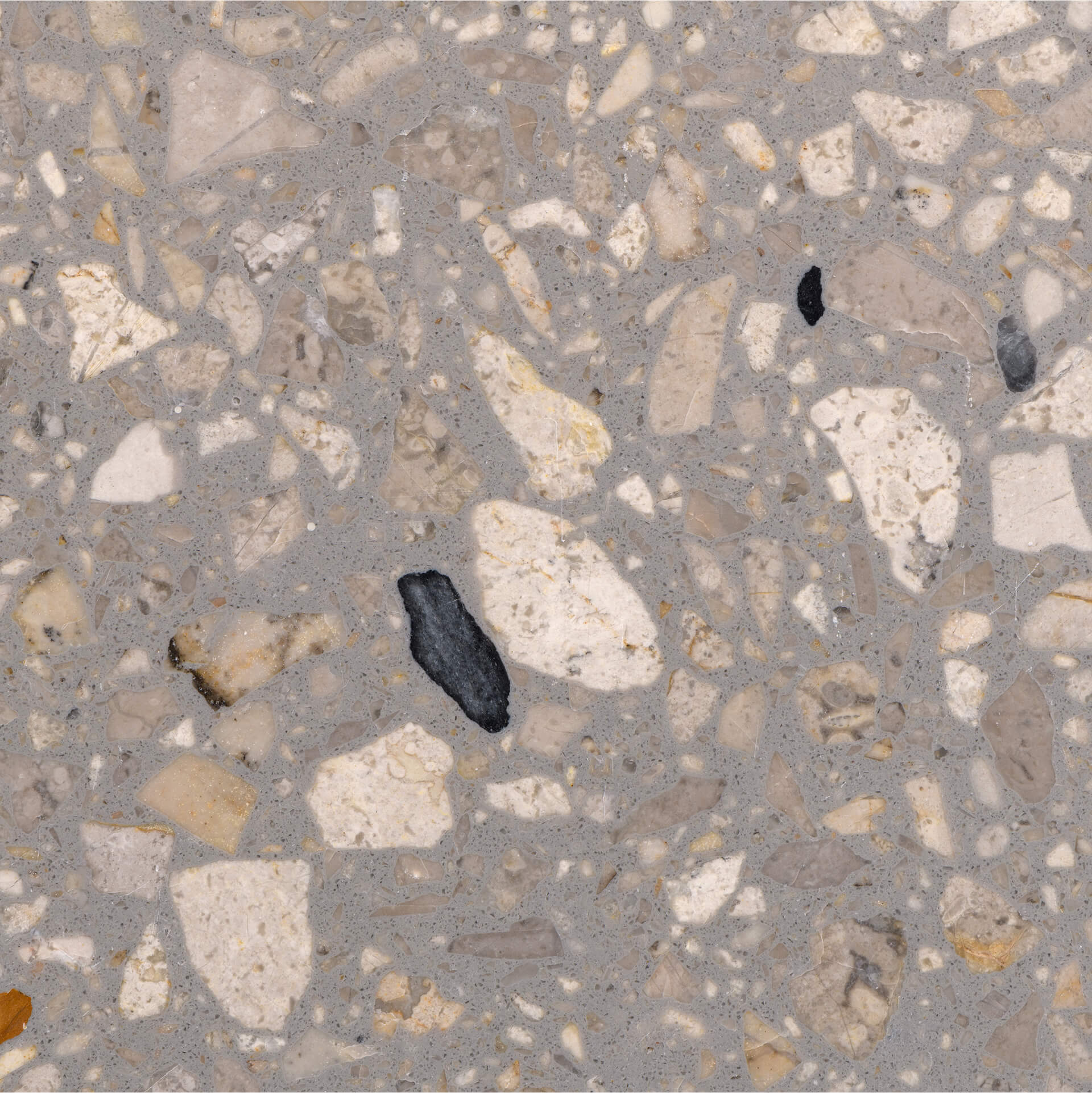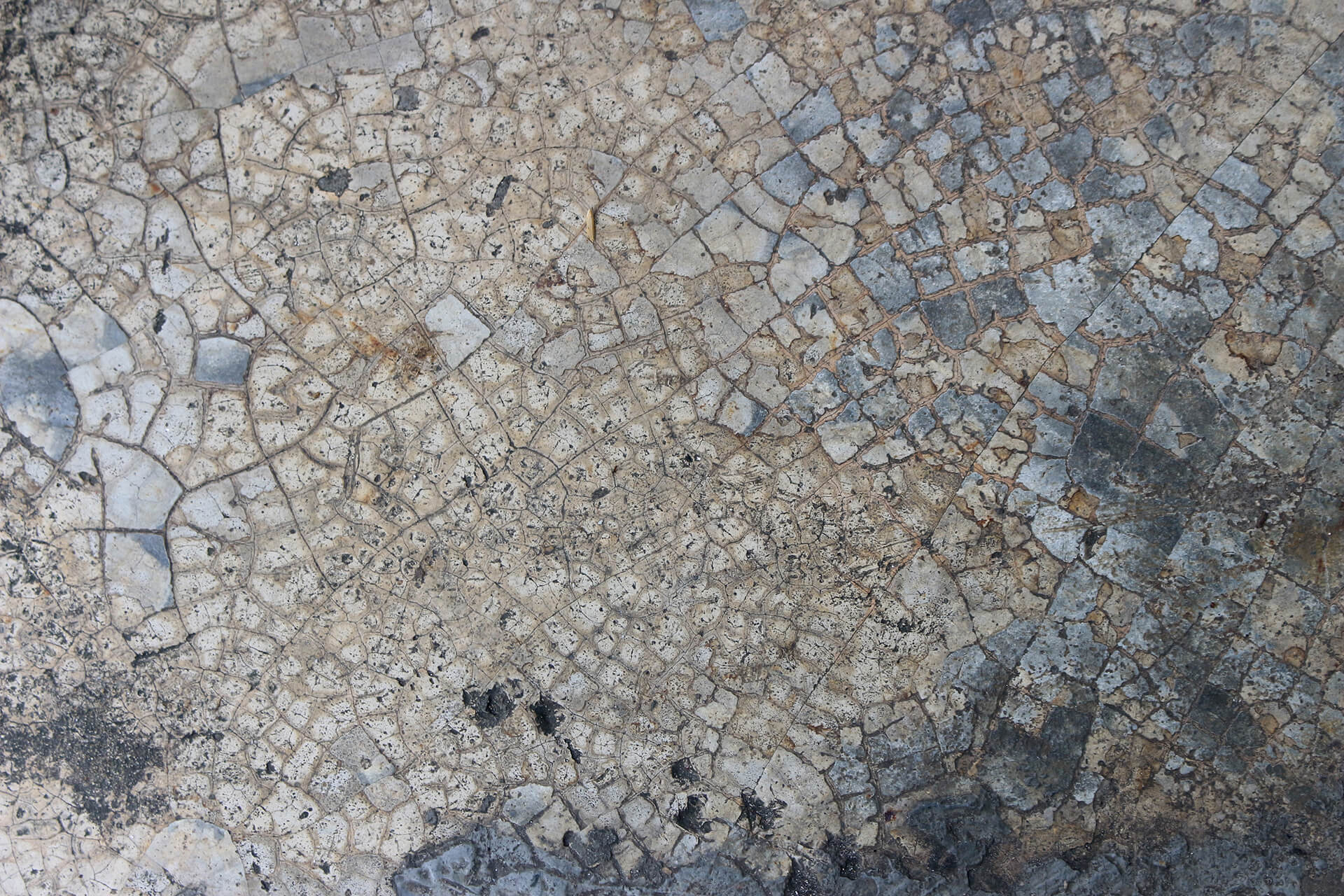
Petrographic Examination & Specialized Analytical Services

Concrete petrography is a specialized field of testing which involves the analysis of concrete and cementitious materials using microscopical techniques for purposes ranging from providing quality assurance to diagnosing causes of deterioration to characterizing materials for research and development. With extensive experience in cementitious materials and durability mechanisms, we help our clients find solutions that range from minor repairs to removal and replacement. We also provide expert witness services when projects move from the forensic testing phase to litigation.
We routinely utilize petrographic testing to address durability mechanisms such as deterioration caused by alkali-silica reaction (ASR), alkali-carbonate reaction (ACR), cyclic freezing and thawing, salt scaling, sulfate attack, delayed ettringite formation (DEF), microbial induced concrete corrosion (MICC), corrosion of steel reinforcement, and more.

- Petrographic examination of concrete and cementitious materials (ASTM C856) including visual examination of specimens in as-received condition, stereomicroscopy of polished cross-sectional surfaces, thin section analysis using fluorescence microscopy, and phenolphthalein staining to characterize the composition and condition as well as causes of deterioration or distress in submitted samples
- Scanning electron microscopy with energy dispersive x-ray spectrometry (SEM/EDS) analysis (ASTM C1723) for elemental composition of concrete, cementitious materials, aggregate and secondary deposits
- Chloride analysis to measure acid-soluble chloride content (ASTM C1152) or water-soluble chloride content (ASTM C1218) within a material to evaluate for corrosion potential and external chloride exposure
- Hardened air void system analysis (ASTM C457) to evaluate for total air content and air void system parameters for freeze-thaw durability
- Volumetric proportioning testing (ASTM C457) to quantitatively assess proportioning of concrete in comparison with mix design or specifications
- Bulk resistivity testing (ASTM C1876) to characterize the capillary porosity of concrete mixtures
- Petrographic examination of aggregates (ASTM C295) to identify potentially deleterious materials with potential for alkali-aggregate reactivity, staining, and/or pop-outs
- and more!

Tests performed in our petrographic and materials laboratory located in Boulder, CO include:
- ASTM C856 - Standard Practice for Petrographic Examination of Hardened Concrete
- ASTM C295 - Standard Guide for Petrographic Examination of Aggregates for Concrete
- ASTM C1324 - Standard Test Method for Examination and Analysis of Hardened Masonry Mortar
- ASTM C1218 - Standard Test Method for Water-Soluble Chloride in Mortar and Concrete
- AASHTO T358 - Standard Test Method for Surface Resistivity Indication of Concrete's Ability to Resist Chloride Ion Penetration
- ASTM C1152 - Standard Test Method for Acid-Soluble Chloride in Mortar and Concrete
- ASTM D4992 - Standard Practice for Evaluation of Rock to be Used for Erosion Control
- U.S. Army Corps of Engineers (USACE) - Deleterious Materials Testing of Aggregate
- ASTM C457 - Standard Test Method for Microscopical Determination of Parameters of the Air-Void System in Hardened Concrete (Method B, Method C)
- ASTM C1723 - Standard Guide for Examination of Hardened Concrete Using Scanning Electron Microscopy
- ASTM C1876 - Standard Test Method for Bulk Electrical Resistivity or Bulk Conductivity of Concrete
- ASTM D4791 - Standard Test Method for Flat Particles, Elongated Particles, or Flat and Elongated Particles
- CRD-C130 - Standard Recommended Practice for Estimating Scratch Hardness of Coarse Aggregate Particles
